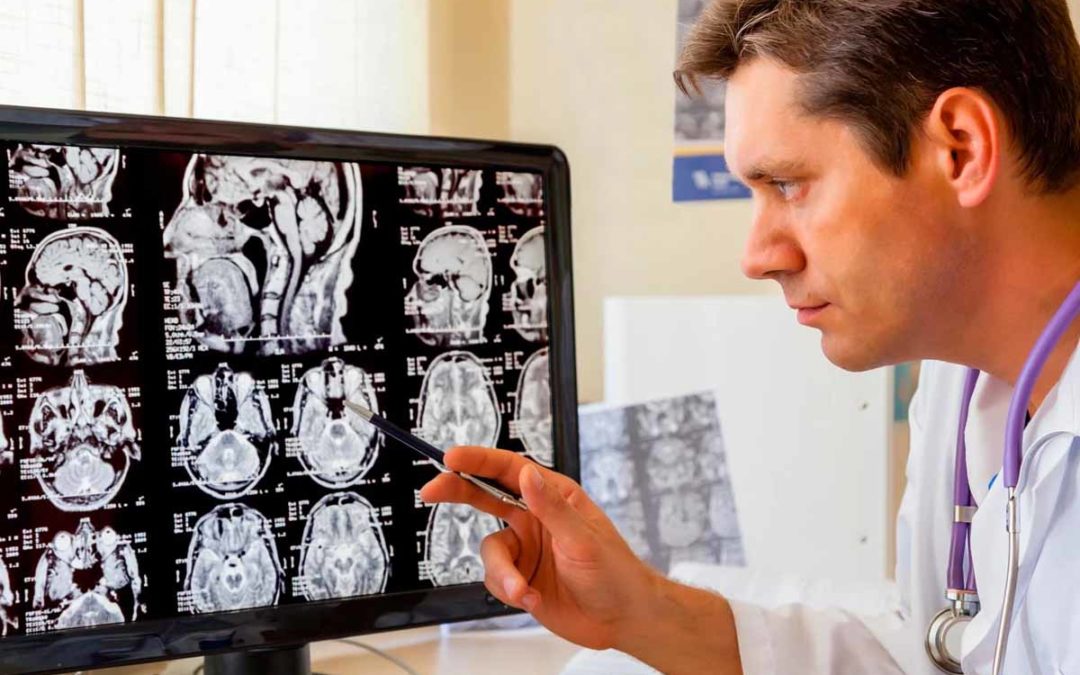What Is the Pathophysiology?
In 2017 a research published in pharmacology and therapeutics for dentistry revealed the exact pathophysiology for a seizure. It showed that there are different types of epilepsy and seizure known to date. All of them have diverse symptoms. However, the most common sign is that all causes an imbalance between inhibitory as well as exciting drive. The exceptional structure of cortical tissue with its laminar cell layers; encourages the progression of typical neuronal handling. While likewise giving a structure liable to anomalous synchronous action that produces a seizure.
Under typical conditions, excitatory synaptic action firmly managed by inhibitory interneurons; but, hereditary transformation, injury, and firmly improvement disturb this guideline, enabling cortical systems to end up hyperexcitable. Researchers say that partial epilepsy present in approximately 60% of epileptic people. There is a long list of its causes, which include tumors, trauma, stroke, or cortical lesions. Also, genetics has a helpful contribution in partial epilepsy. On the other hand, scientists demonstrated that generalized epilepsy present in 40% of the patient, and its chief cause is related to genetics.
Dale’s principle versus the concept of coexistence:
As said earlier, the pathophysiology of epilepsy is known for the shifting of balance among excitatory and the inhibitory drive. This move happens because of the loss of inhibitory GABA-ergic neurons in the wake of accelerating epileptogenic affronts and the re-establishment of neuronal circuits that support hypersynchrony of the neuronal population. The shortfall in GABA-intervened flagging and enlargement of glutamatergic transmission that reported in many kinds of epilepsy is the chief cause for the pharmacotherapy of several diseases. In overview epilepsy, the glutamate–GABA theory depends on Dale’s guideline. It assumes that the neuropharmacological profile of every neuron characterized by a specific single synapse. However, this guideline got refuted. Thus, the epileptic neuropharmacological premise is increasingly unpredictable and multifaceted.
Reason for coexistence
As opposed to Dale’s standard, the idea of coexistence that says that individual neurons produce, store, and discharge more than one molecule of the messenger. A different group of organically dynamic substances appeared to exist together with a neurotransmitter in a similar neuron and to manage diverse parts of neuronal work. Presently, the contrast between the two classes of neuronal delegates is only semantic; it showed that numerous neuromodulators are significant in forming a neuronal movement and in characterizing the biochemical profile of neurons and neuronal systems as exemplary synapses and play a primary role in the pathophysiology of epilepsy in the brain.
How does the treatment for epilepsy work in the body?
There are many ways of treating epilepsy. Let’s know the working of some of them.
- AEDs – AEDs stands for Anti-epileptic drugs. It is one of the most common treatment methods used to date. It helps in managing seizure I around seventy percent of the people all around. The main principle behind its working is that it changes the chemical level in a person’s brain. It prevents seizures but does not cure epilepsy. There are many types of AEDs:-
- Carbamazepine
- Sodium valproate
- Lamotrigine
- Oxcarbazepine
- Levetiracetam
- Topiramate
- Ethosuximide
You can get AEDs in different forms like liquids, syrups, tablets, and capsules. You must take it every other day. The person who will recommend it to you will start with a low dosage but will uplift it until your seizure stops. If the first AED doesn’t work, then you will be prescribed to take the other one. It is very much necessary that you listen to the words of your doctor. Don’t ever try to consume any other medicine while taking AEDs. It may be harmful to your health.
Brain Surgery – A person can go for brain surgery only if: –
- AEDs are not able to do any changes to the seizure.
- The seizure is present in a small part of the brain that can easily get removed.
The patient is provided with a small amount of anesthetic and made to sleep. Then, the surgeon cut a small portion of the scalp and through a small opening, gets rid of the affected part of the brain. At last, the holes get closed.
But before taking a step towards surgery, one needs to take some tests like: –
- Brain scans.
- EEG (Electroencephalogram).
- Test for mental health and memory.
Ketogenic diet

The best way to treat epilepsy in children and adults is to take keto-diet. This diet got its importance from the year 1920. It is high fat and a low carb diet. Doctors recommend that one should take these diets if AEDs are not working suitably in the body. Ketogenic diet drops down the frequency and strength of seizure. However, you should take this diet under the supervision of a good health doctor.






